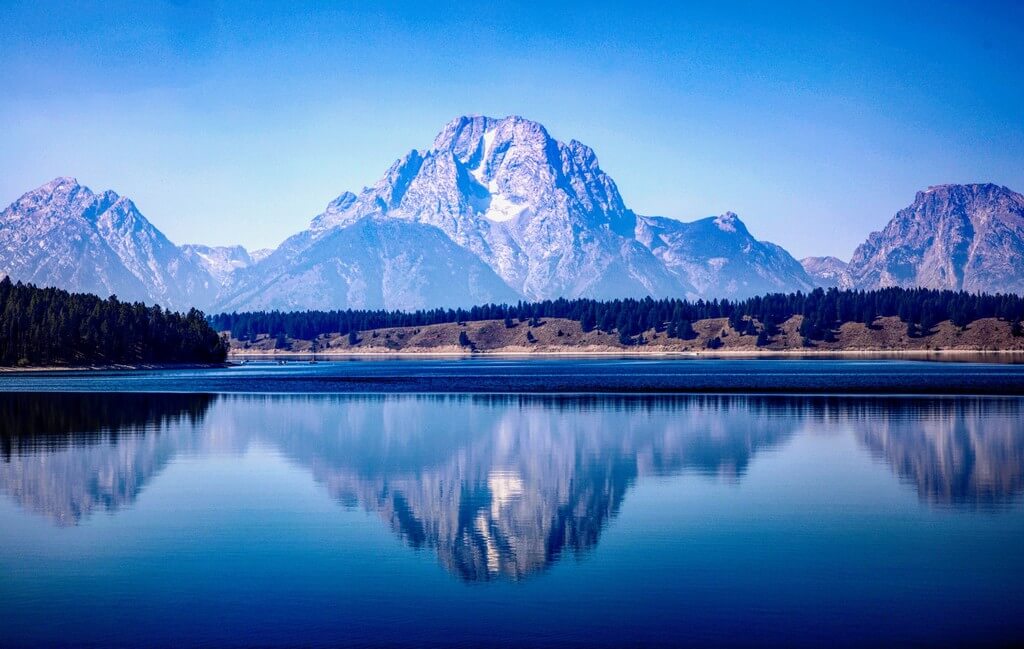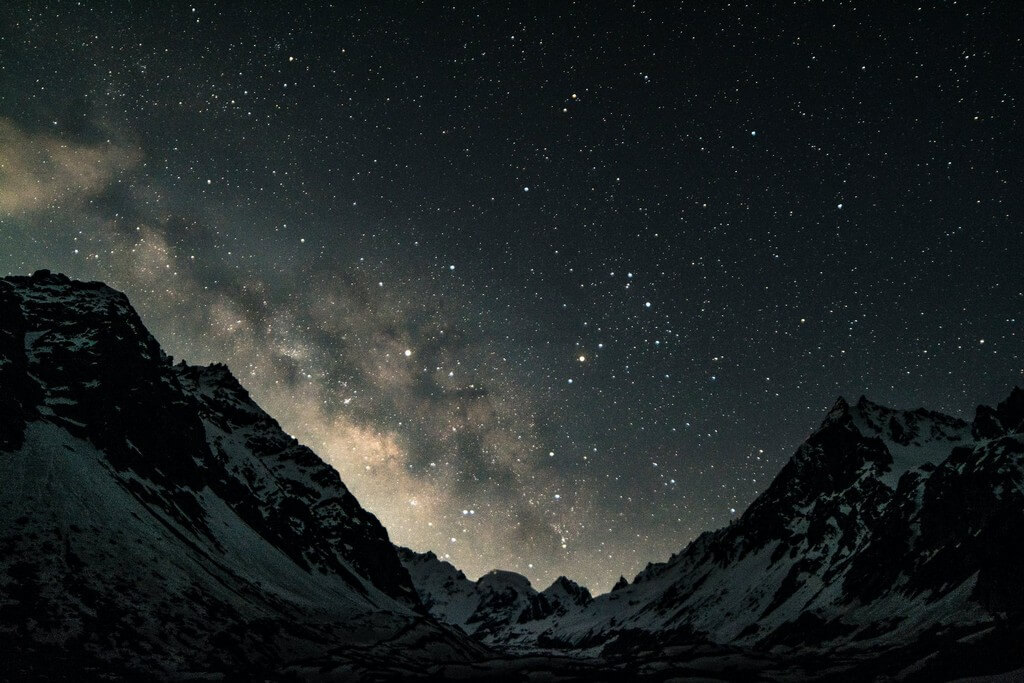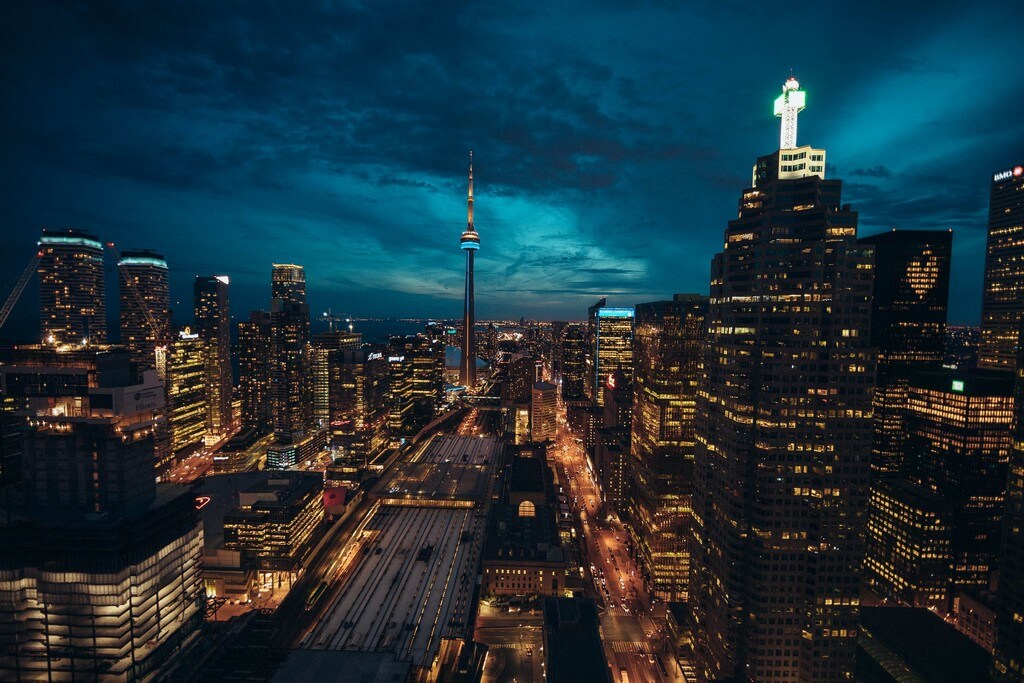Landscape Photography
23/07/2021 2021-07-23 16:22Landscape Photography
Landscape photography is generally at the opposite end of the scale of depth of field, where the vast majority of landscape images require a very long depth of field. This is because landscapes are normally trying to recreate an actual scene as we experience it, and viewers are usually attracted to the image by the image’s great depth of field. The perceived sharpness of a photographic image is limited by depth of field. The higher the depth of field, the more of the image appears sharp from front to back. An image with a depth of field has a deeper and more limited depth of sharpness.
 The use of depth of field in photography can be a very effective tool. By using a short aperture, it can force viewers to focus exclusively over what is clear. As our eyes feel uncomfortable with unclear images, we tend to stare at the sharp parts of the image, and our attention is pulled to that image, rendering the other unsharp portions of the image blurry and unworthy of our attention. Portraiture benefits greatly from the use of a small depth of field. Most things can be forgiven if the eyes aren’t sharp as long as they are sharp. People tend to look at the eyes first, so in almost all portraiture photography, the eyes have to be sharp.
The use of depth of field in photography can be a very effective tool. By using a short aperture, it can force viewers to focus exclusively over what is clear. As our eyes feel uncomfortable with unclear images, we tend to stare at the sharp parts of the image, and our attention is pulled to that image, rendering the other unsharp portions of the image blurry and unworthy of our attention. Portraiture benefits greatly from the use of a small depth of field. Most things can be forgiven if the eyes aren’t sharp as long as they are sharp. People tend to look at the eyes first, so in almost all portraiture photography, the eyes have to be sharp.
 There are two methods to control the depth of field. Aperture control is the most common method. The larger the depth of field, the smaller the aperture. The lower the depth of field, the greater the aperture. The depth of field of the apertures in between is equal to the aperture along with the scale. The other way to control depth of field is to use a camera or lens that enables you to tilt the camera lens forward or backward. This allows the lens’s focusing plane to be more inclined to the subject’s plane of focus, leading to a much better depth of field without changing the aperture. It’s one of the main reasons for using tilt lenses or bellows cameras. With such a camera or lens, depth of field can be adjusted to a great extent at any aperture.
There are two methods to control the depth of field. Aperture control is the most common method. The larger the depth of field, the smaller the aperture. The lower the depth of field, the greater the aperture. The depth of field of the apertures in between is equal to the aperture along with the scale. The other way to control depth of field is to use a camera or lens that enables you to tilt the camera lens forward or backward. This allows the lens’s focusing plane to be more inclined to the subject’s plane of focus, leading to a much better depth of field without changing the aperture. It’s one of the main reasons for using tilt lenses or bellows cameras. With such a camera or lens, depth of field can be adjusted to a great extent at any aperture.
Landscape Photography, images require a very long depth of field. This is due to the fact that landscapes generally, are an actual scene as we see it, and viewers are usually drawn into the image by its great depth of field. To learn more about this exciting field, one can enroll in the 3 month Diploma in Photography.













